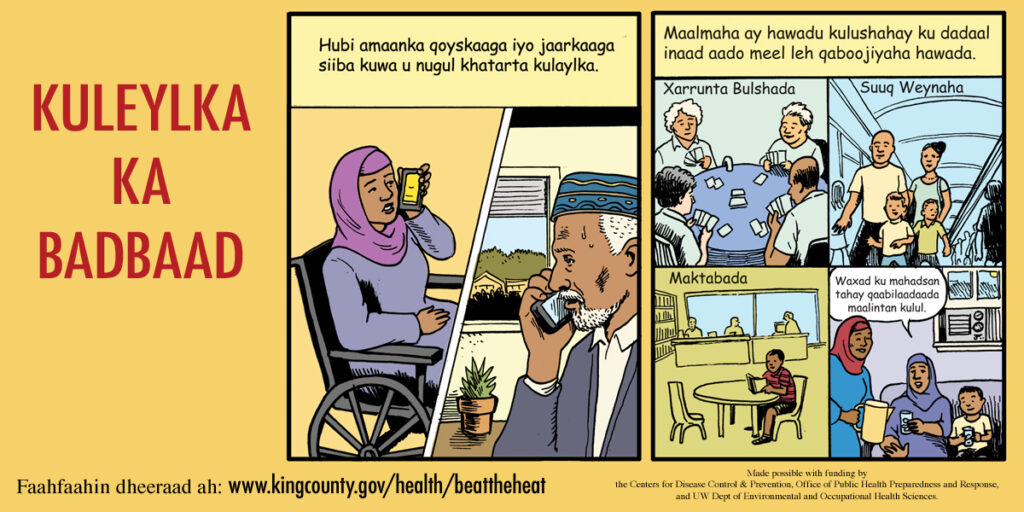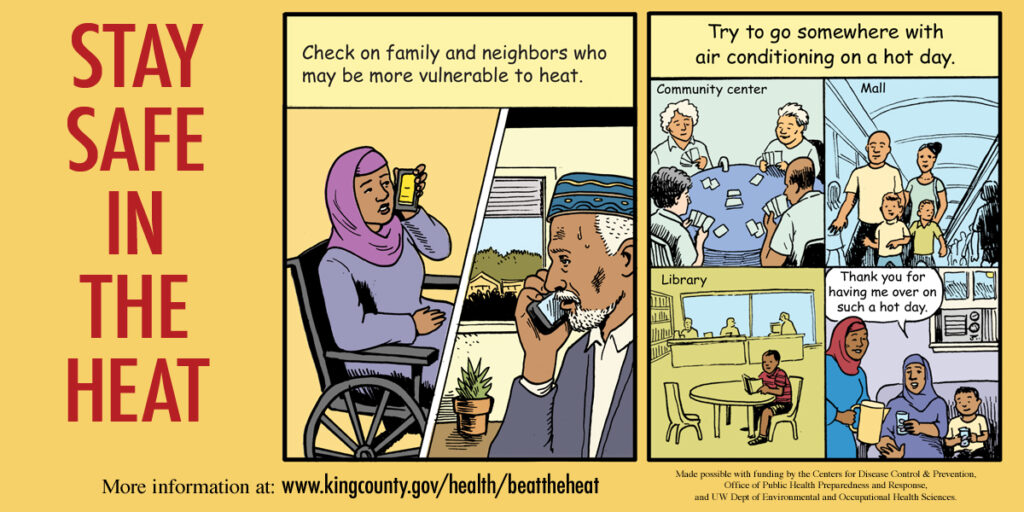
A preliminary analysis by Public Health – Seattle & King County indicates there were 30 preventable drowning deaths in King County in 2023. That annual estimate has been steady since 2019 when the number of preventable drownings nearly doubled from the previous year.
Experts say the trend is the result of multiple factors: warmer air temperatures in spring and early summer when open water remains dangerously cold, a nationwide shortage of lifeguards, and inequitable access to pools and swimming lessons. They also noted that in the past five years, 70% of King County preventable drowning deaths involved drugs or alcohol.
“Experts from several of our King County departments have identified actions each of us can take to reverse the alarming rise in drownings in recent years,” said King County Executive Dow Constantine. “We need the public’s help to save lives this summer. It starts by being aware that rivers and lakes in our region are much colder and more dangerous than they appear.”
From 2018 to 2022, the rate of preventable drowning deaths among Black/African American individuals was twice as high as the King County average. King County Parks – with funding generated by the King County Parks Levy – is investing a combined $44 million to help communities enhance, expand, and increase access to public pools and swimming lessons, making water safety education more equitable.
“I’m very concerned that preventable drowning deaths in King County remain high,” said Dr. Faisal Khan, Director of Public Health – Seattle & King County. “I appreciate the investment made by King County Parks and so many others to expand equitable access to public pools and swimming lessons. As we approach summer, it’s important to remember that even proficient swimmers can tire quickly in our cold waters. Wear a life jacket while on the water and assign a responsible adult to supervise children closely when they’re near water.”
Public Health researchers categorized the geographic location of each drowning. About 40% percent occurred in Seattle, 30% occurred in North and East King County, and 30% occurred in South King County.
Nearly 30% of the 74 preventable drowning deaths in open water over the past five years occurred in Lake Washington, while 11% occurred in Puget Sound. Two rivers – the Green River and the Snoqualmie River – accounted for 17% of preventable drownings.
Rivers are particularly dangerous this time of year because people are looking for ways to cool off, but the water in rivers can still be in the 40s, causing even well-trained swimmers to experience debilitating shock. Lakes, meanwhile, are not much warmer during late spring and early summer.
In addition to dangerously cold water from snowpack melt, seasonal flooding can alter rivers from one year to the next. That can result in stronger currents, deeper or shallower water, and new logjams and branches that can harm swimmers and rafters caught in a swift flow. Experts recommend paddleboarders not wear an ankle leash, noting that they can get caught in debris and rocks in rivers.
The King County Sheriff’s Office’s Marine Rescue Dive Unit deploys specially trained and equipped deputies responsible for water-related law enforcement, investigations, rescues, and recovery. Since they cover an extremely large area, they ask the public to be as diligent as possible while enjoying local waterways.
“It’s important to remember there can be a 30-degree difference in the air temperature and water temperature,” said Sergeant Rich Barton, who runs the Marine Unit. “The cold water is a shock to the system and can cause swimmers to go under very quickly. Also, be cognizant of slippery rocks and hidden hazards. And no matter how strong of a swimmer you are, life jackets work and can save a life.”
Experts at the King County Sheriff’s Office, Public Health – Seattle & King County, and the Department of Natural Resources and Parks shared these potentially life-saving tips for anyone considering going into lakes and rivers this summer:
- Wear a life jacket
- Do not consume alcohol or drugs
- Remember that open water can remain dangerously cold even when the air temperature is warm
- When children are swimming, designate an adult to watch and stay nearby at all times
- Always tell someone where you plan to enter and exit a river before you leave home
- Sometimes, the best decision is to not enter open water if conditions are too risky
Public Health’s Violence and Injury Prevention Program offers water safety resources – including affordable lifejackets, boater safety, and river safety – kingcounty.gov/safety/safety. “The rivers and lakes of King County are spectacular but also dangerous,” said John Taylor, Director of the Department of Natural Resources and Parks. “I encourage everyone to take easy actions to prevent fatal drownings: wear a life jacket, don’t consume drugs or alcohol, and designate someone to stay close to children at all times.”









